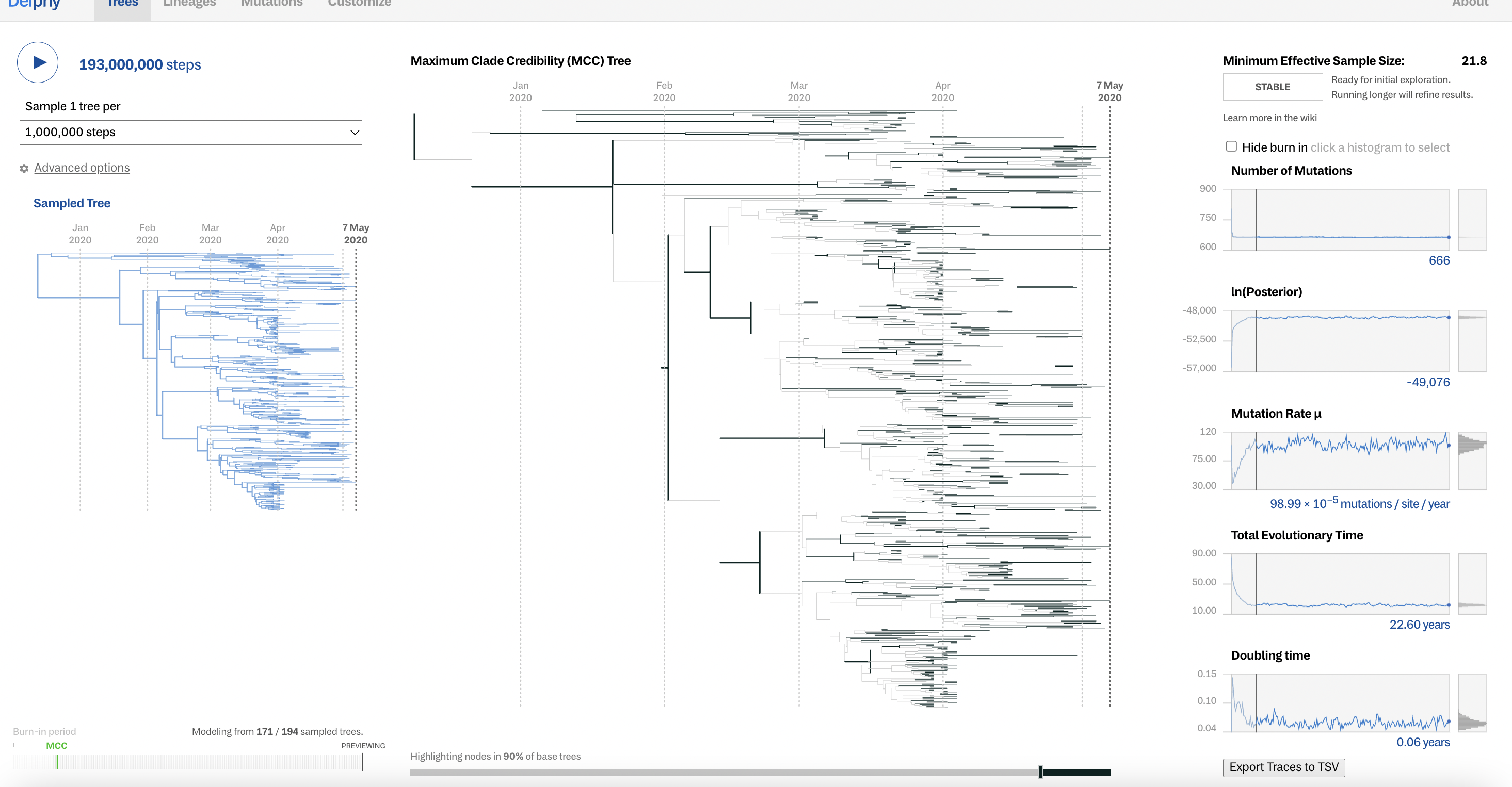

Delphy aims to lower technical barriers to phylogenetic research.
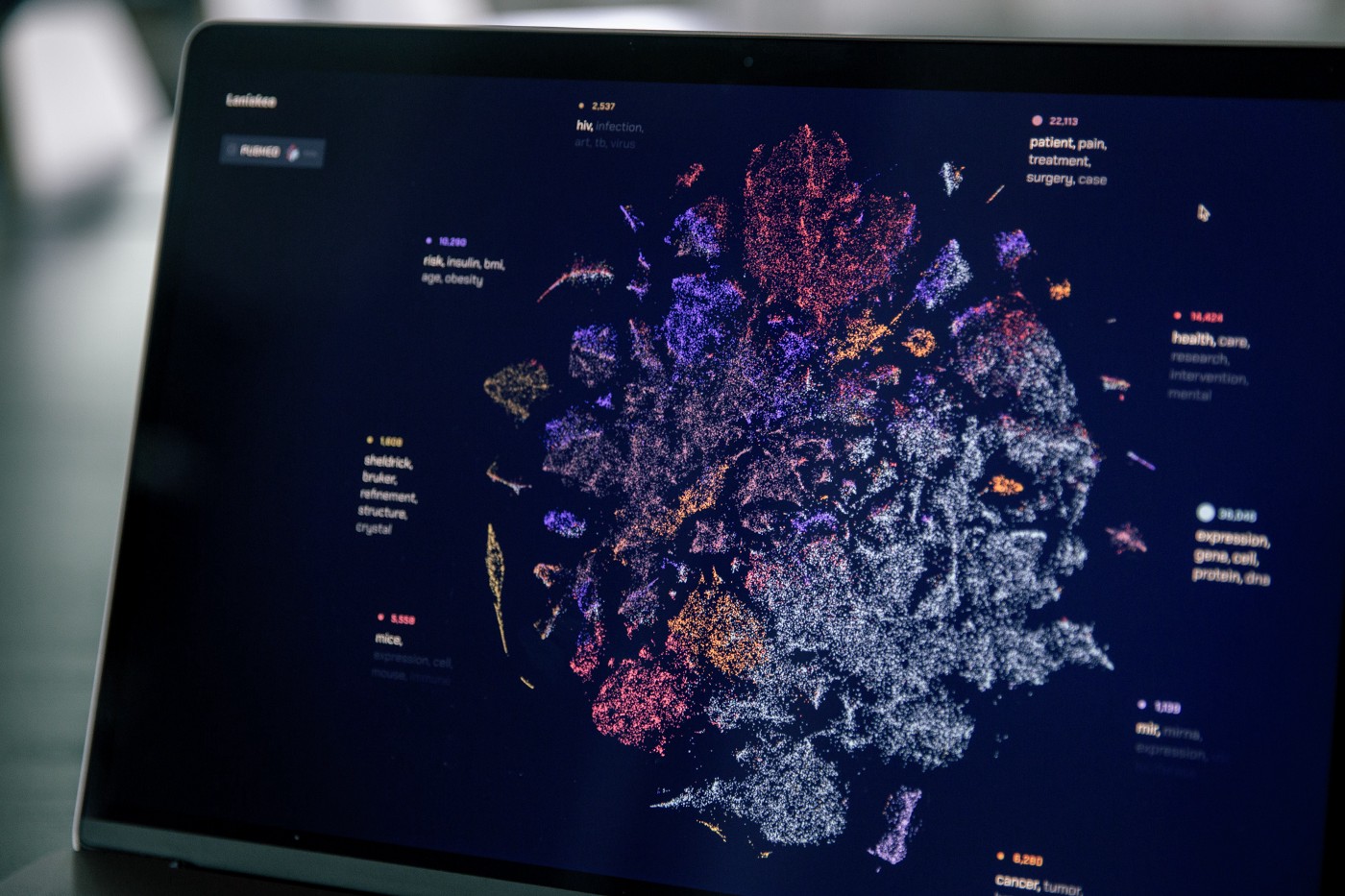
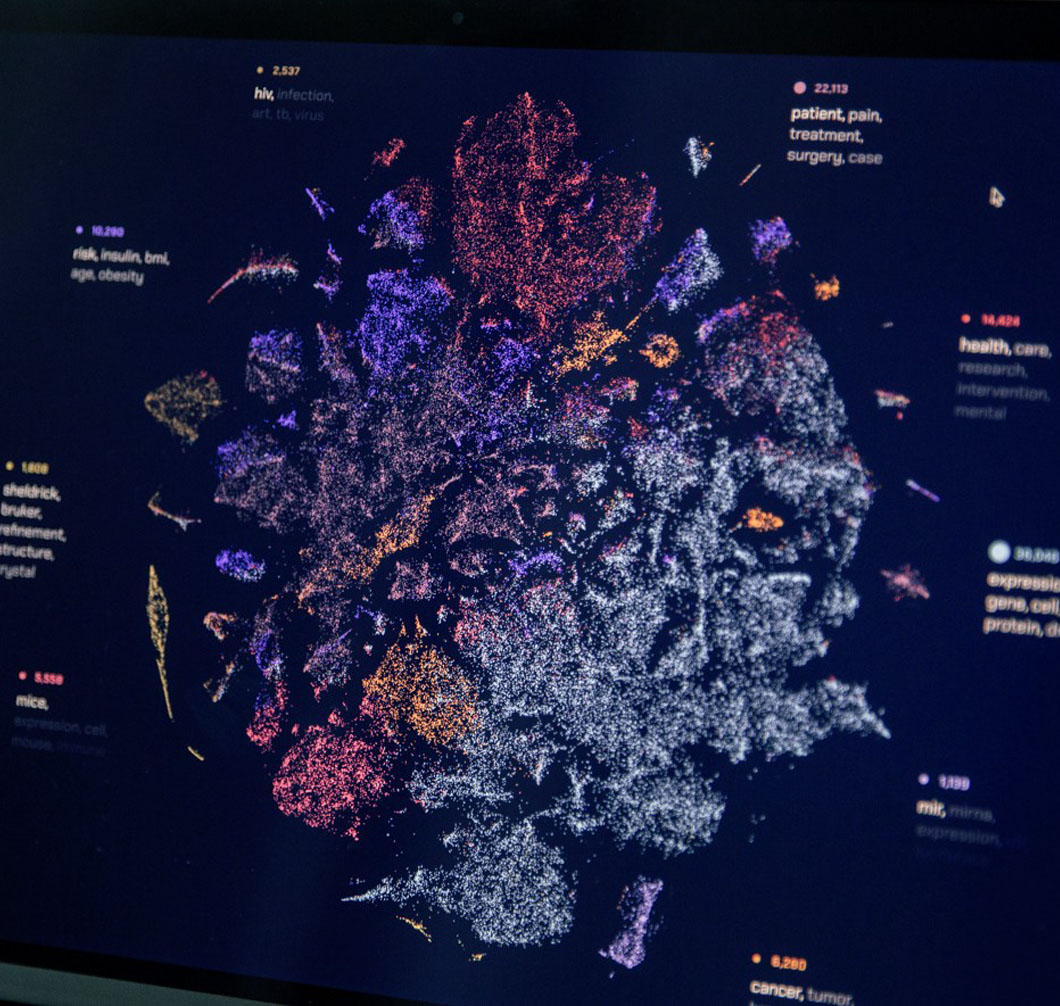
When faced with more documents than you can possibly read, what do you do? For more than twenty years, search engines like Google, Bing, Duckduckgo, and others have helped us navigate the tangle of the internet by finding a needle in a haystack. The success of these tools is predicated on the idea that most of the documents out there bear no relevance to the user’s current interest.


For a recent sketch here at Fathom, we tackled a typical visualization challenge: how should we connect a set of dots? Typically, you can do this with straight lines or arcs, and for more graceful lines you can use a Bézier curve. We built a tool to explore the possibility of customizing those curves in pursuit of both aesthetics and legibility. In the end, we liked the tool so much that we decided to turn it into a Bézier Playground to share.


Here at Fathom, education and access to technology are huge priorities. This informs many of our efforts, from the classes we teach, to hosting guests visits from groups like Girls Who Code, to our work with the Processing Foundation. Bringing clarity to complex ideas and difficult explanations is core to what we do.


Scaled in Miles was recently featured on the BBC Radio 4 Today programme. The show's producers had an interest in the role of album covers from the days of 12" LP's, and their counterparts in the digital age.
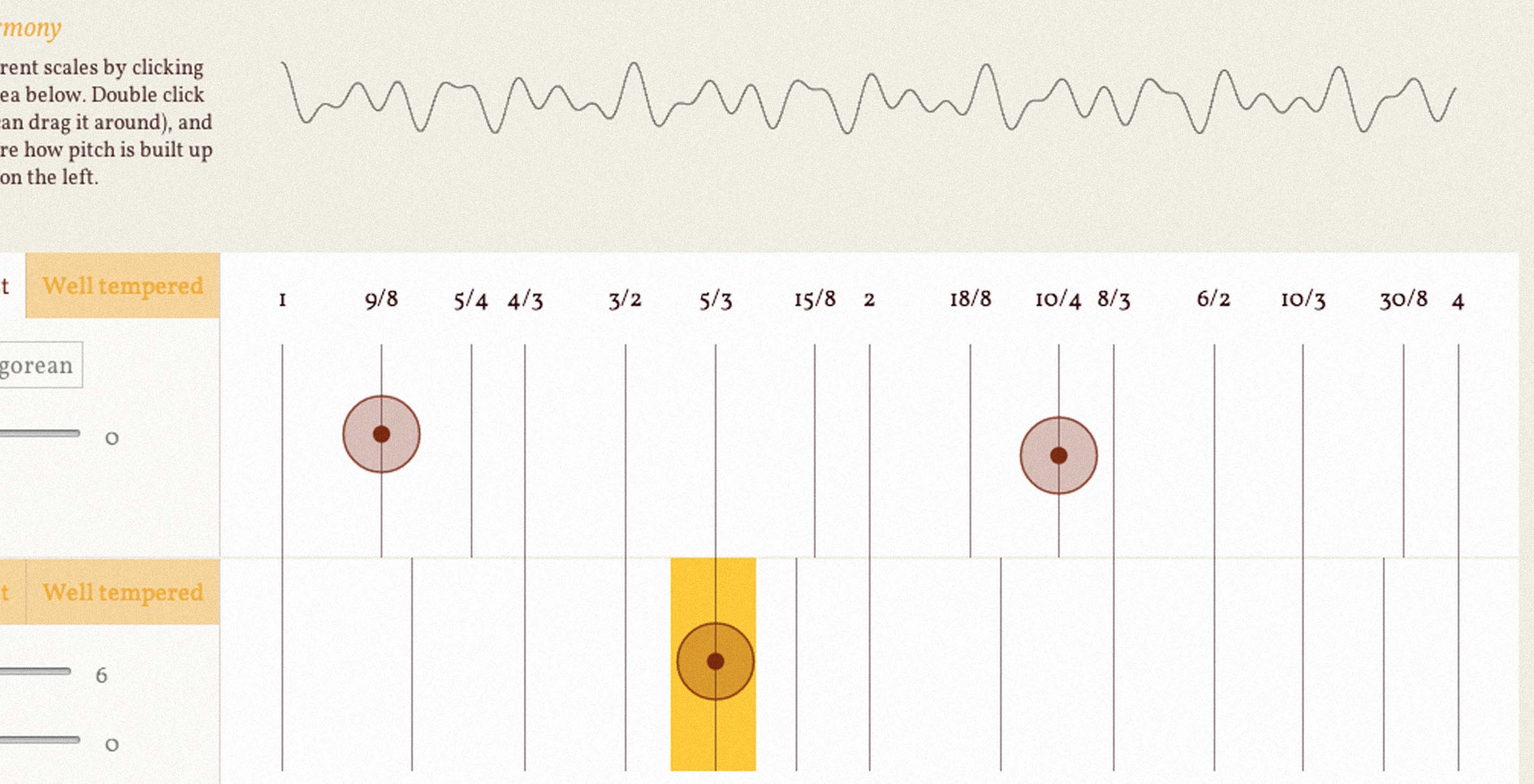
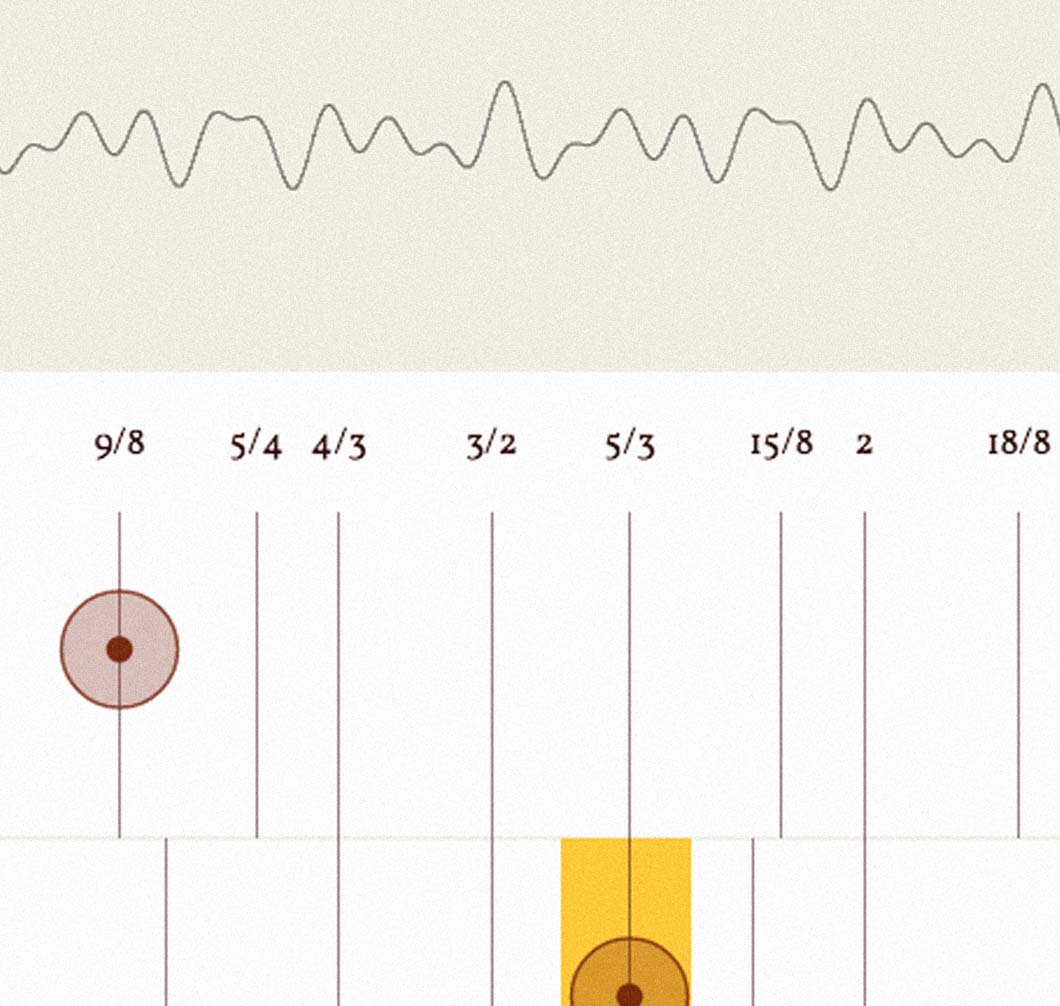
I had some early experience with the problems of a well-tempered scale. Within a few months of learning guitar, it seemed some chords just didn't sound good unless the guitar was tuned especially for them. This got me interested in the way harmonies and scales are constructed from pitches and frequencies.

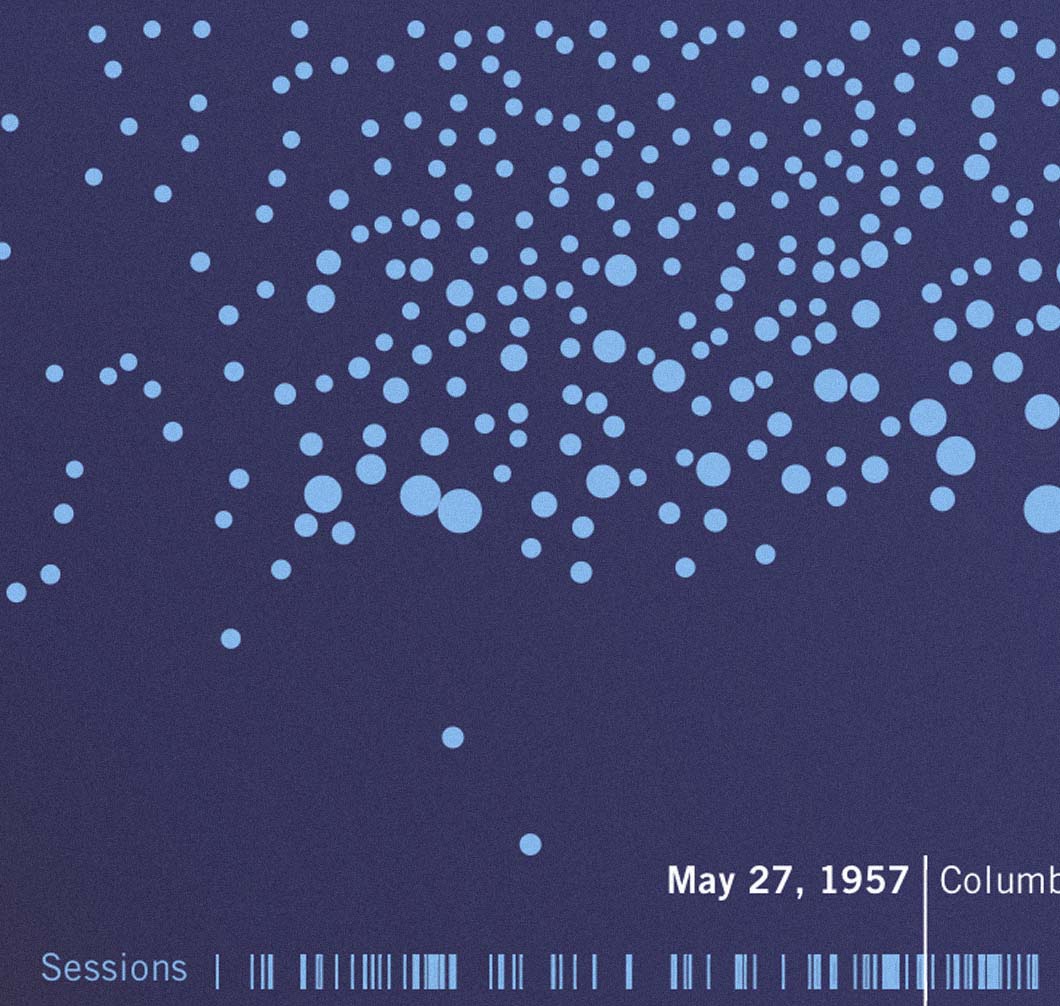
Exactly 69 years ago today, on April 24, 1945, a young trumpet player named Miles Dewey Davis got the chance of a lifetime. He had recently left his native East St. Louis for New York City, and at only seventeen years old, he was playing alongside the legendary Charlie Parker. On this day, he was heading into the recording studio for the first time. Perhaps he wasn't quite up to the task: in his first recordings, Miles' playing comes across as tentative, especially when compared to Parker's confident saxophone. But Miles soon found his voice, and over the next forty five years, his vision pushed him into uncharted territory and repeatedly redefined the scope of jazz.


When you have young children, at some point you will probably need to come to grips with the idea of vacationing at Disney World.

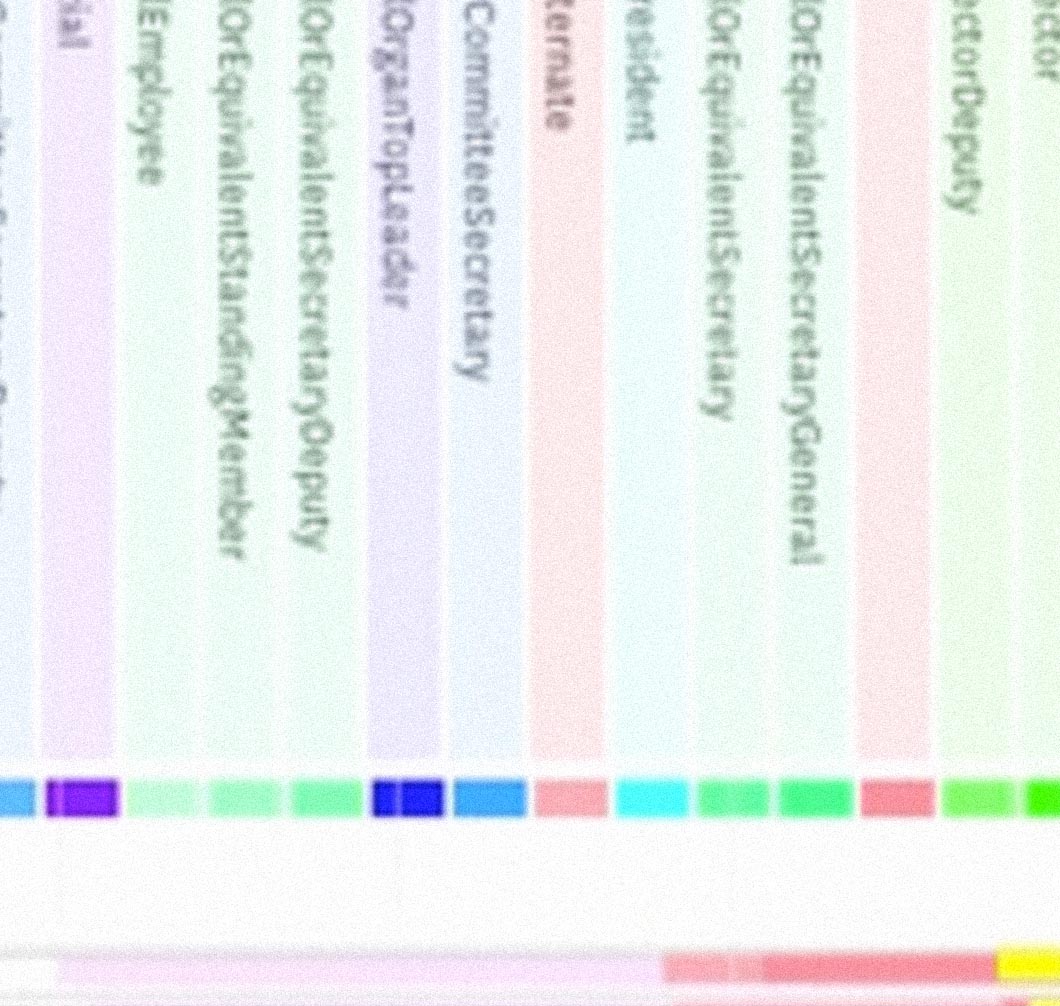
This post continues from “Of guanxi, kingmakers, and princelings,” describing how we approach projects and let the data inform the presentation. You may want to read that one first.


All of our projects start with a data set. As we begin designing a piece, we poke through the data to see how clean it is and what sort of stories it will support, and we investigate what form the final piece could take: is it an app? an exploratory tool? an infographic? At this stage, we'll use various languages or tools (Processing, Python, Excel, and R tend to be the most common) to build custom software that will help us interact with the data and test our ideas about what the data contains.


It’s almost summer! For the casual gardener, that means you probably want to get your new plants in the ground before it gets too hot. To avoid the extra effort of replanting every year, lazy gardeners like myself prefer perennials, since they can survive the winter and bloom without any help from me come the spring. Of course, not all plants thrive everywhere, so the first step in finding out whether a plant will survive the winter is to check its USDA Hardiness Zone. This is an indicator of how cold the weather can get before killing the plant.